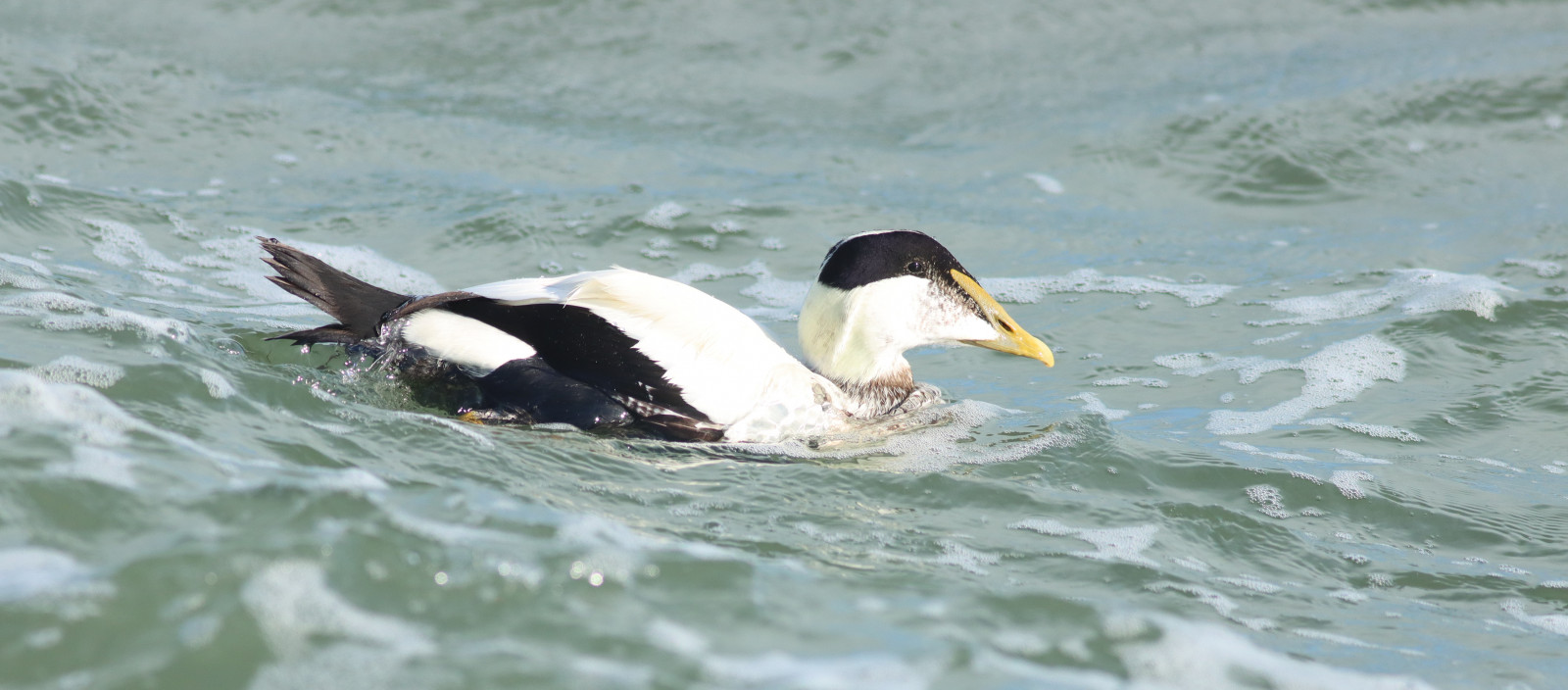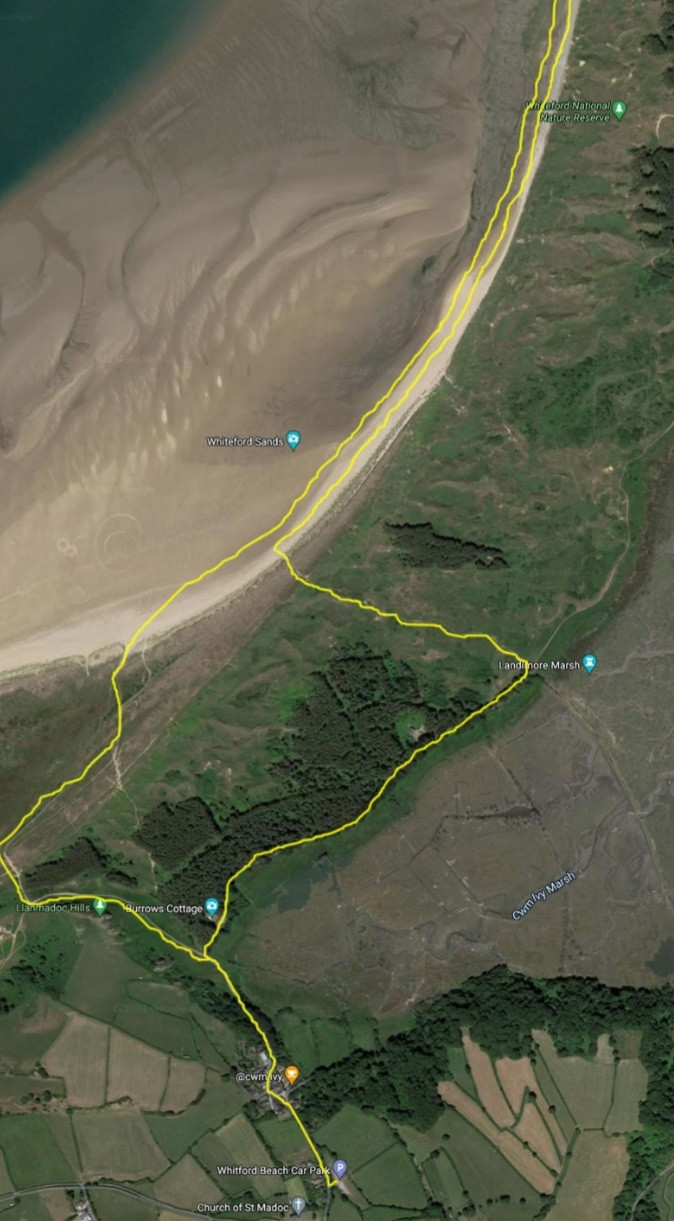Description
Whiteford Burrows and Sands are inaccessible to motor vehicles, hence quiet and undisturbed. 250 species of plants grow in the dunes. To the east, the marshes and mudflats are a winter home to 600 sepelhanhi, 5,000 suosirri, 13,000 meriharakka, 2,500 kapustarinta and numerous kuovi, isosirri and godwits. Bear in mind that wading birds may be far out in the stuary at low tide. High tide is best (see a link to the tide table below). Possible other sightings can include sea ducks, silkkihaikara, haahka, jouhisorsa and Lapasorsa. Cwm Ivy woods and marshes host breeding warblers, pajusirkku, hiirihaukka and lehtopöllö.
To the west of Cwm Ivy there are bone caves once inhabited by neolithic man, and at extreme low tides the derelict lighthouse may be visited. Always check tide times before walking out on the intertidal areas.
Details
Access
From M4, jubction 47, follow coast road through Gowerton, Penclawdd, Llanrhidian, Oldwalls and Burry Green, then right to Llanmadoc where car parking available. Click on a P in the map to get directions.




